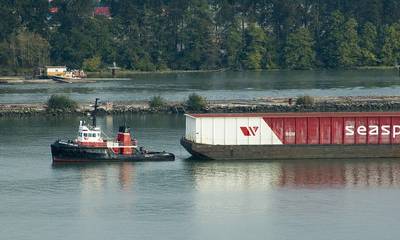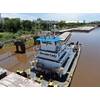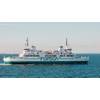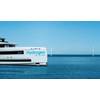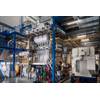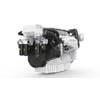Seaspan Cavalier Repower: Long Life, Big Hours
“We got 59,115 hours on those engines, without ever removing a head,” says Seaspan International’s Port Engineer Kevin Tweedy, “And they were still running. So, at 5,000 to 5,500 hours per year, we could easily have done 60,000 hours.”
But the company schedule worked to do a like-for-like repower. The pair of 850-horsepower Tier 1 Cummins KTA38 diesels were pulled out, and a brand-new set of 850-horsepower Tier 2 KTA38s went in.
The Seaspan Cavalier was built in 1974, along with three sister ships. Three of the four 82.8- by 24.8-foot tugs are still working for Seaspan who built the tugs in its own shipyard. The tugs tow fuel and general cargo barges on the B.C. coast and can often be seen in front of a triple tow of wood-chip scows. The tug is fitted with a single-drum Burrard Iron Works winch loaded with 1,800 feet of wire rope. The tug is fitted with tow pins including a hold down claw.
Tweedy has a good many years at Seaspan and recalls that this is the tug’s third repower. “We cut a 7- by 8-foot hole in the tug’s port side and install both starboard and port engines through that,” he explained, adding that the same place is used each time with the old welds being cut in both the hull plate and framing. This ensures the structural integrity of the hull. Tweedy went on to explain, “Putting it back together we do a sealing weld from the inside first, then clean the weld from the outside before doing a second sealing weld from the outside.”
The new engines are coupled to the tug’s massive and virtually indestructible Lufkin RLS 3614 gears, with 6.987:1 reduction, turning three-blade 79.125- by 70.45-inch propellers in nozzles. “The props are in good shape,” Tweedy says, “but we will send them to Osborn Propellers for tune-up, crack testing and pitch checks, as well as weld fill in way of cavitation, and balancing.”
The Seaspan Cavalier is expected to maintain its 60,000-pound bollard pull after the repower. The transition from Tier 1 to Tier 2 will require some minor piping and electrical modifications. “We don’t expect any problems, and the Cummins guys are good. They take care of us,” Tweedy says.
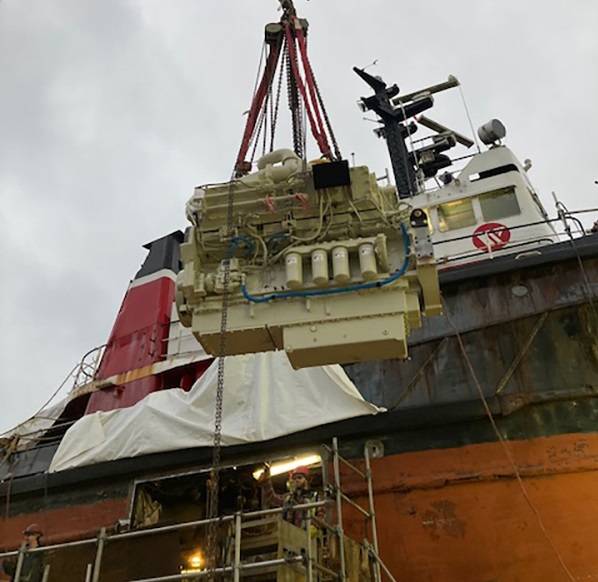 (Photo: Seaspan)
(Photo: Seaspan)


